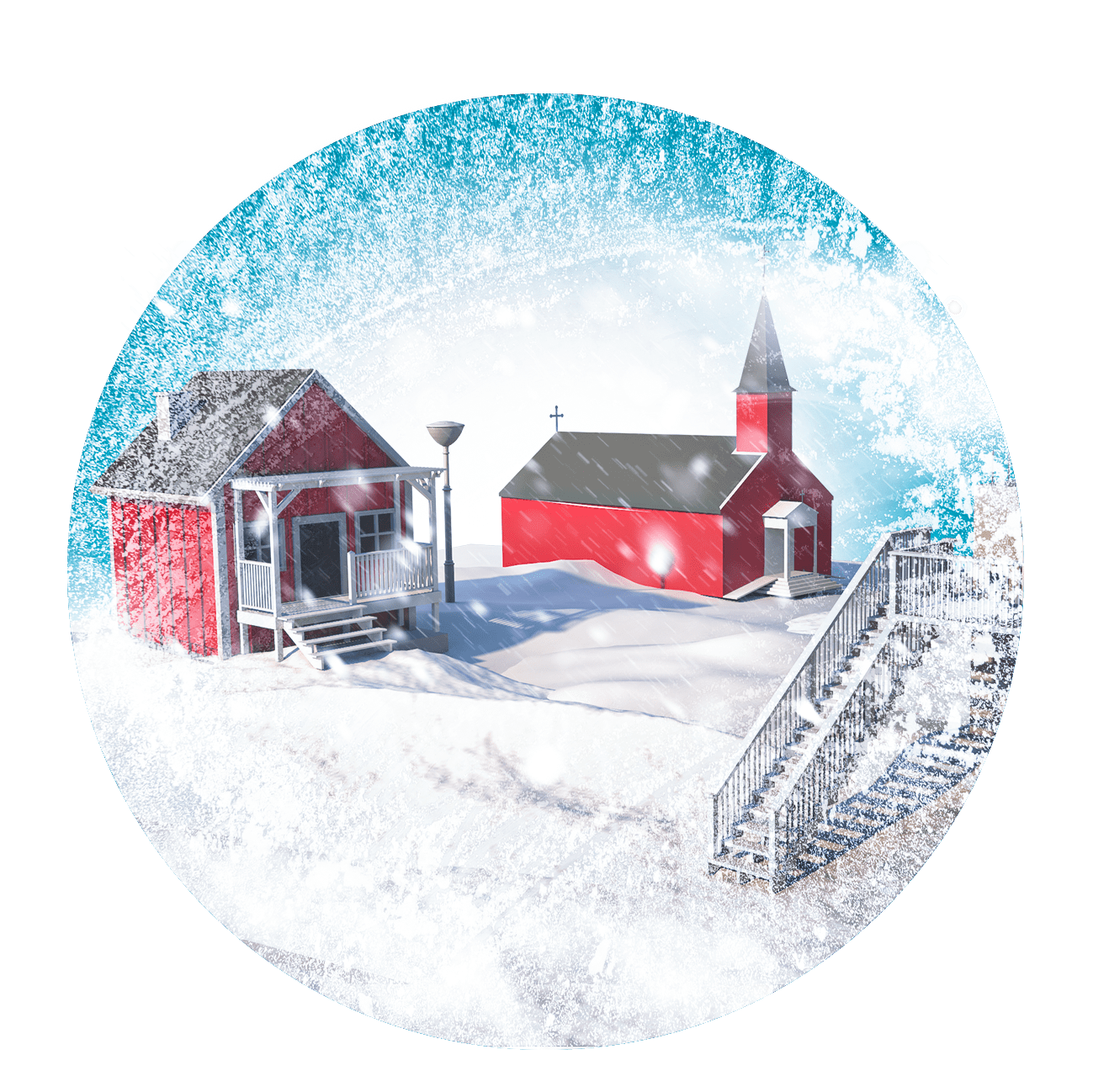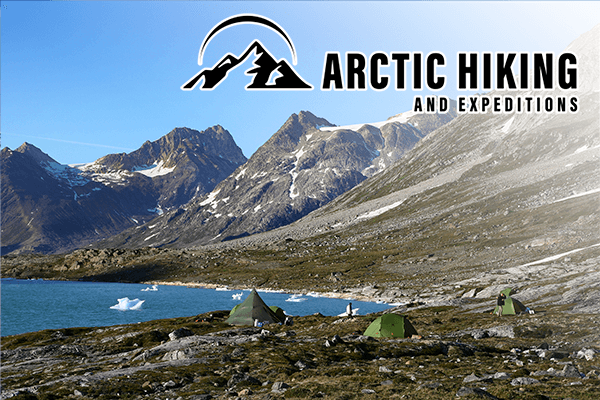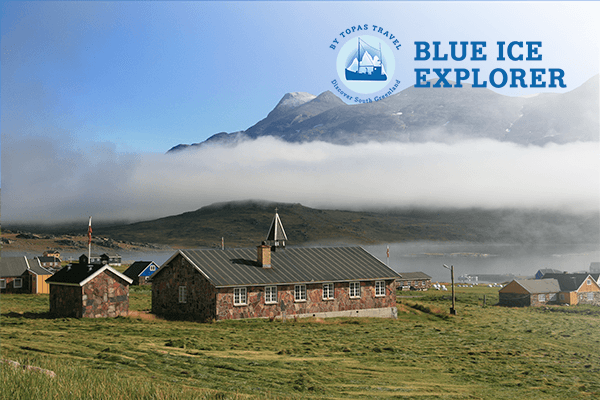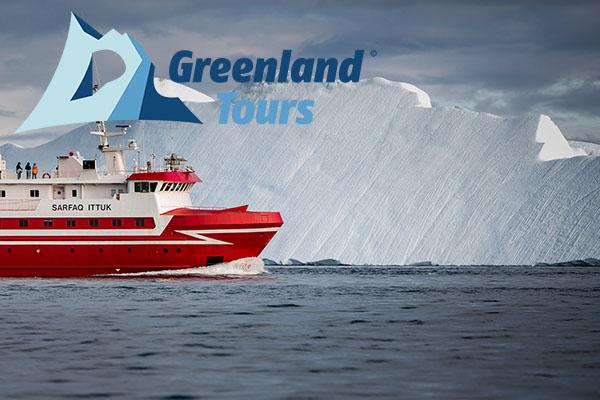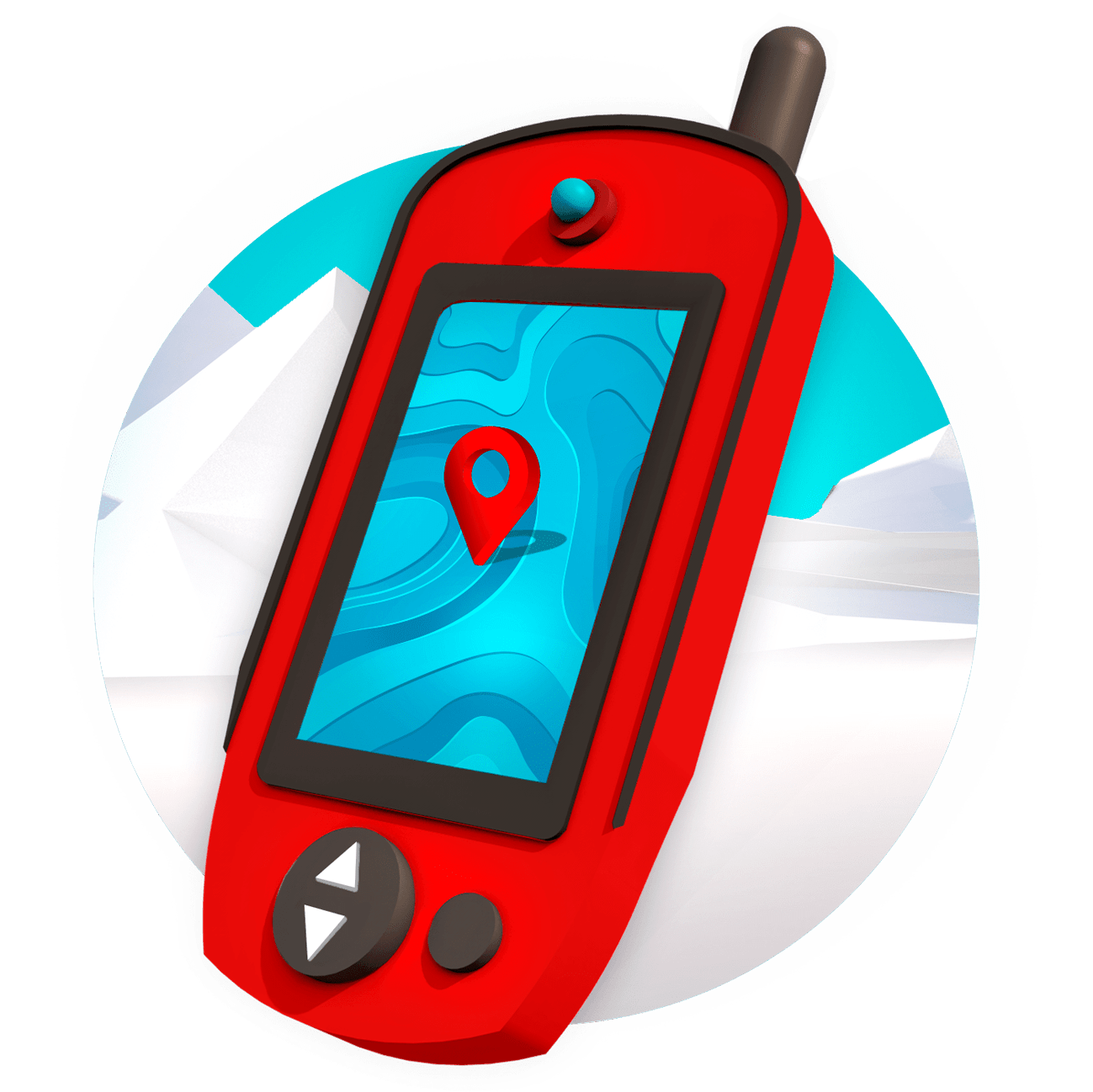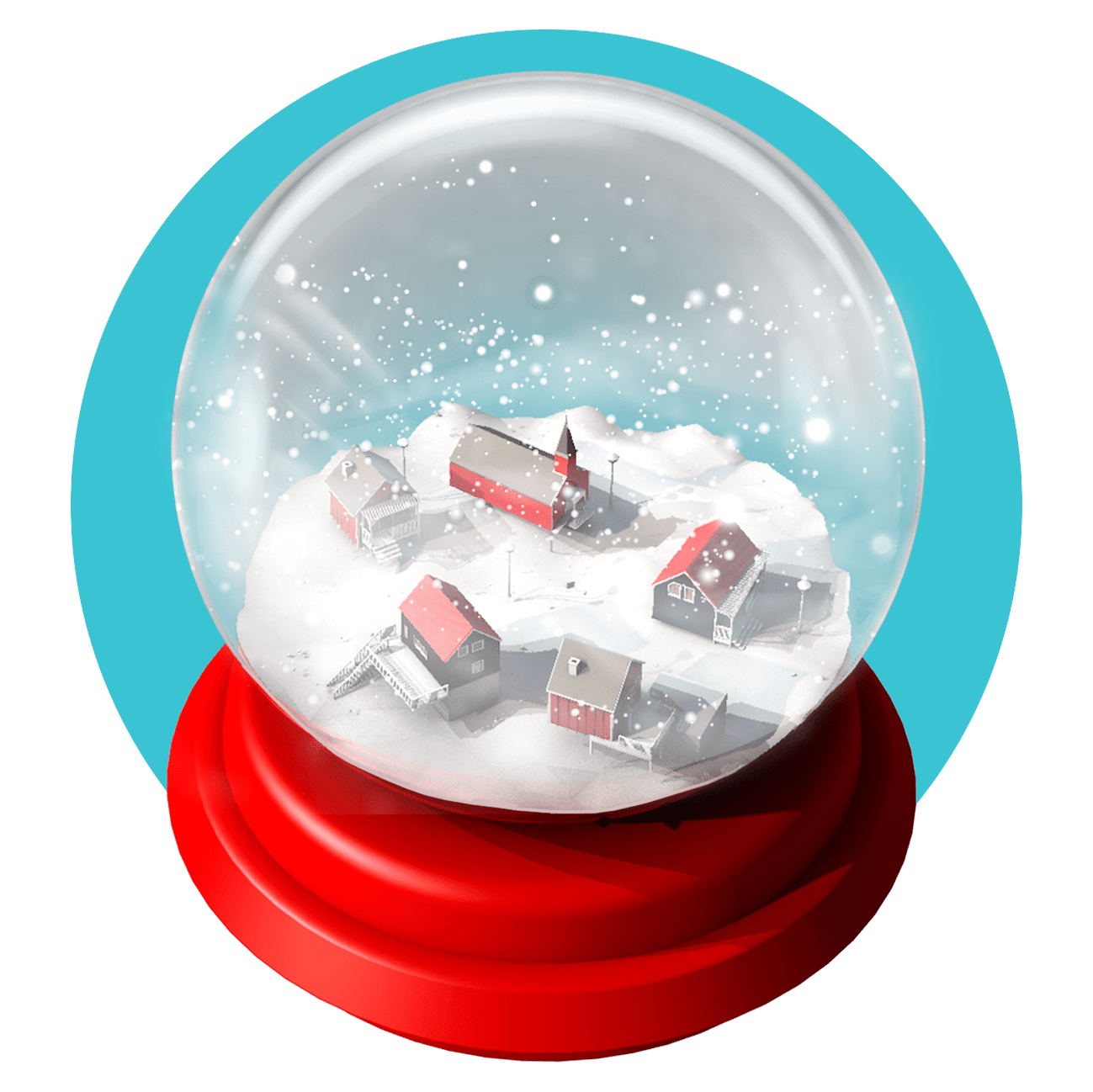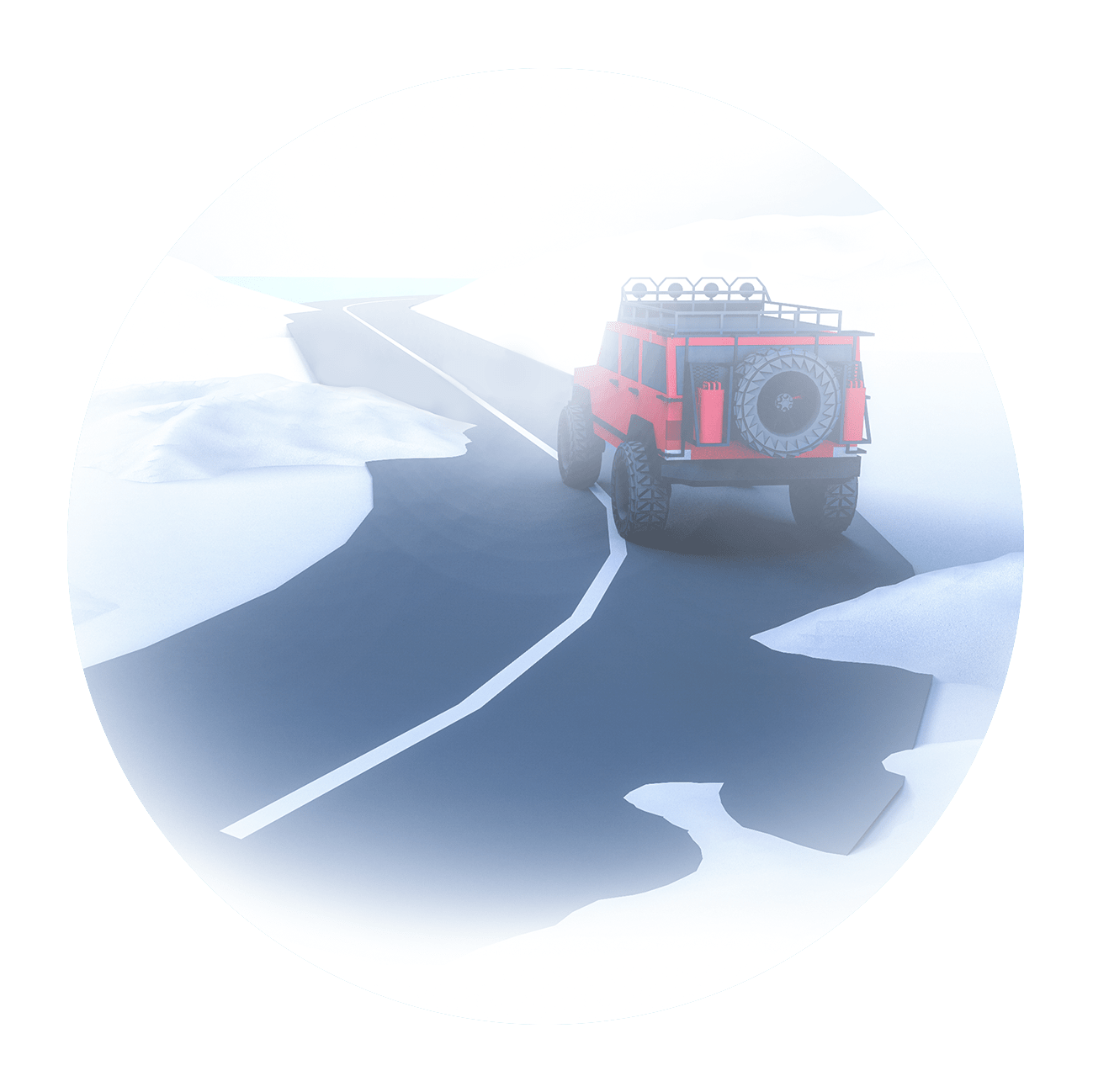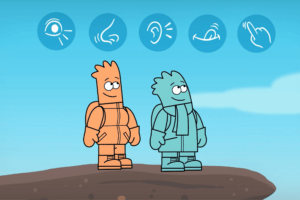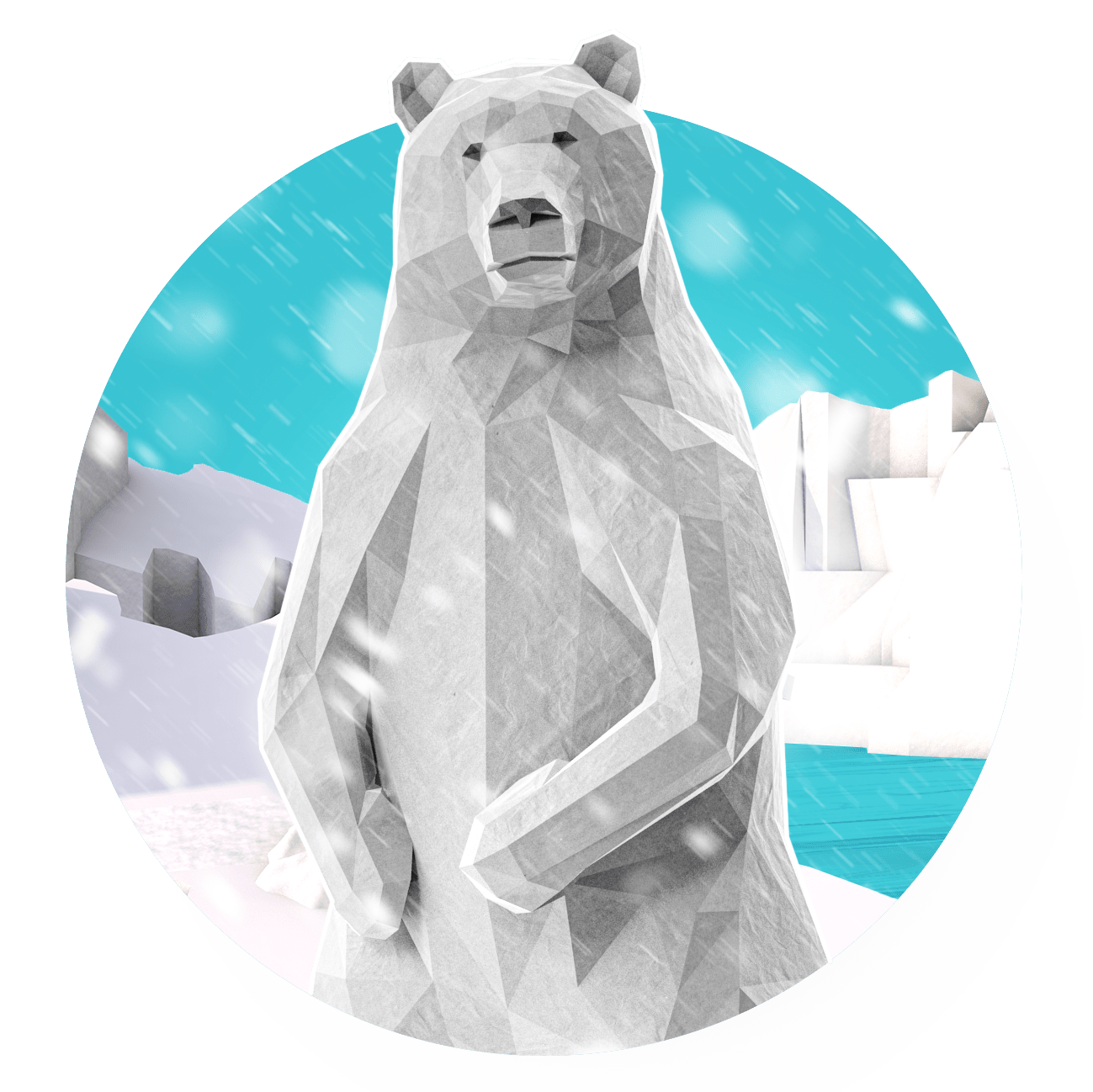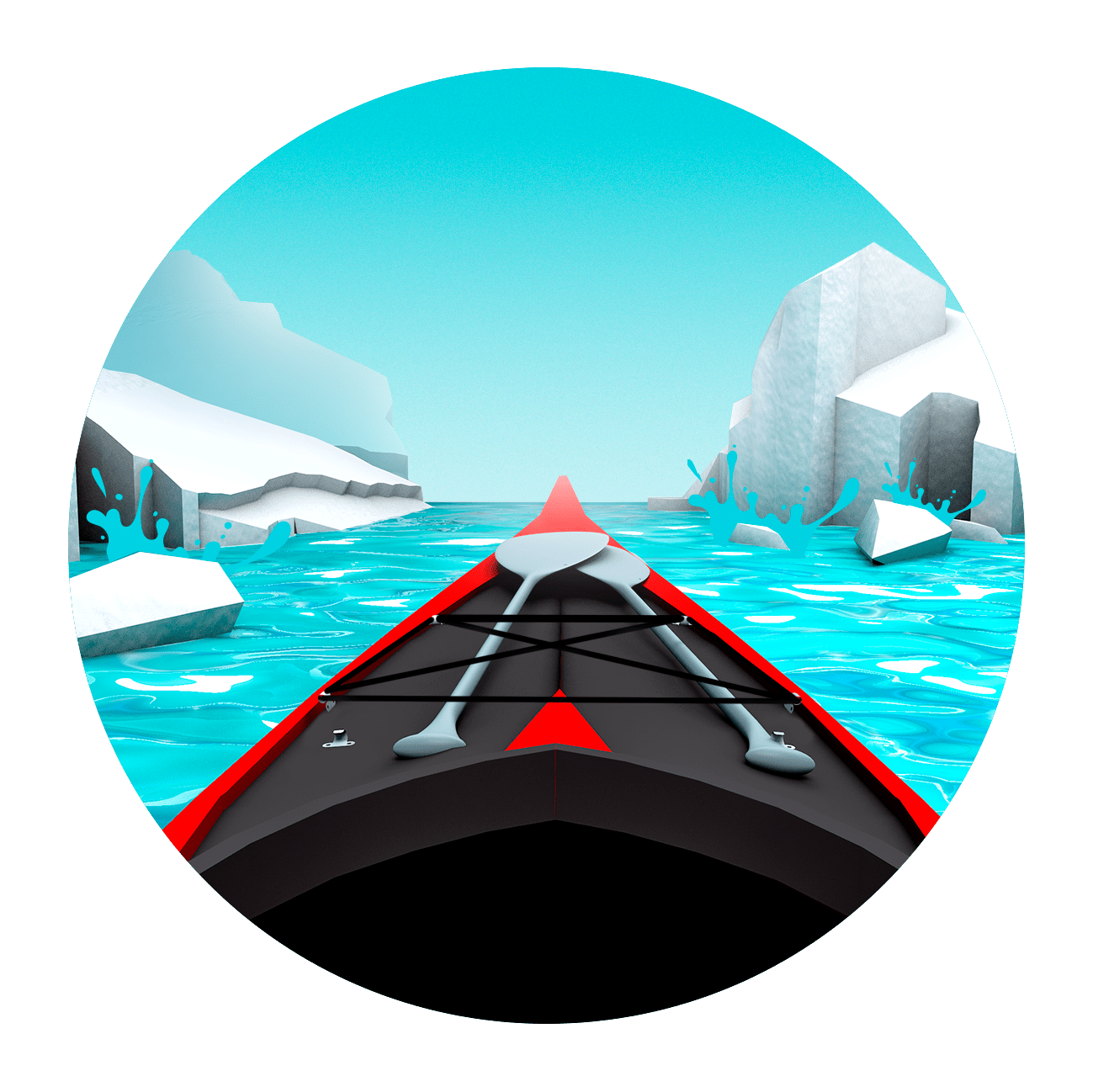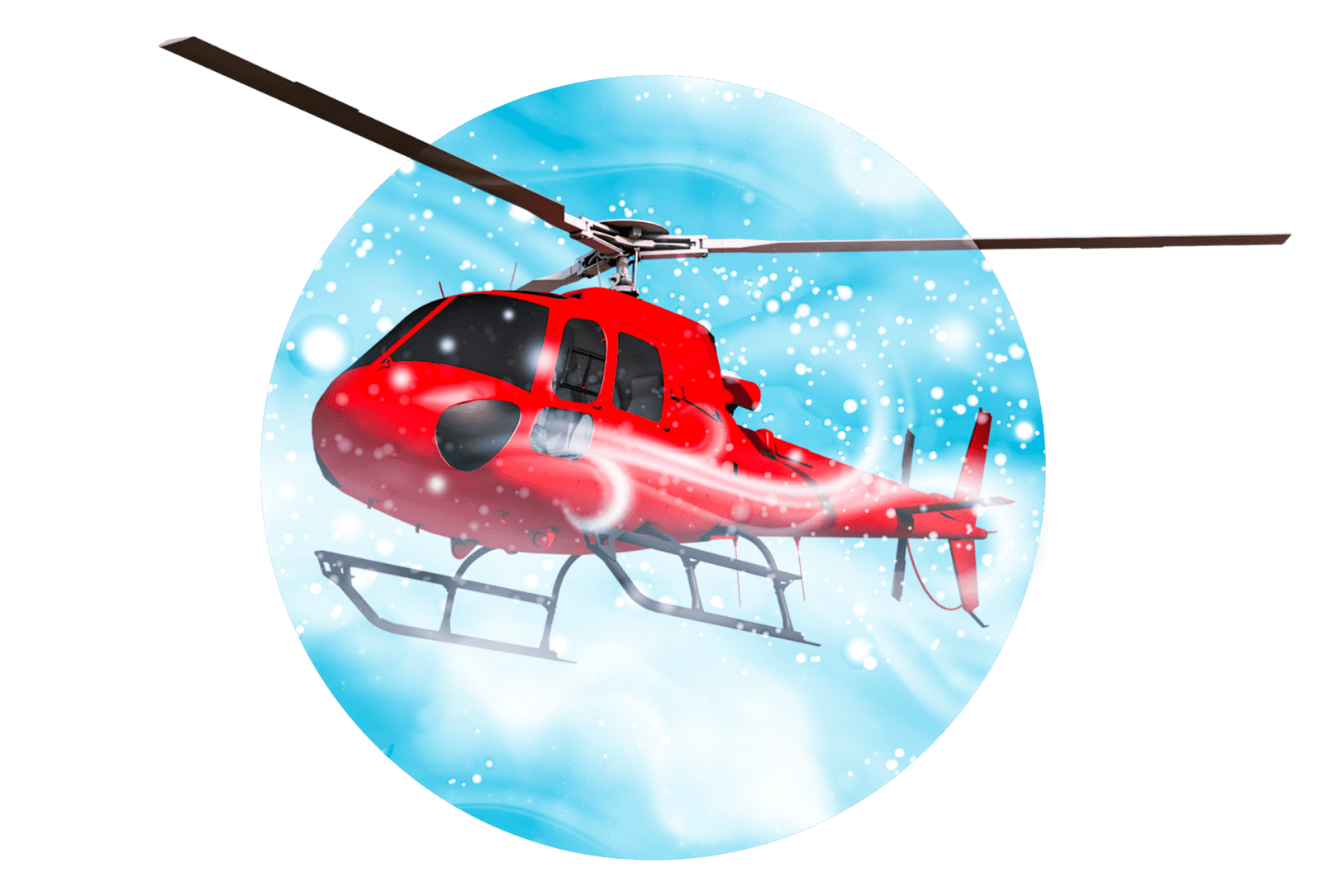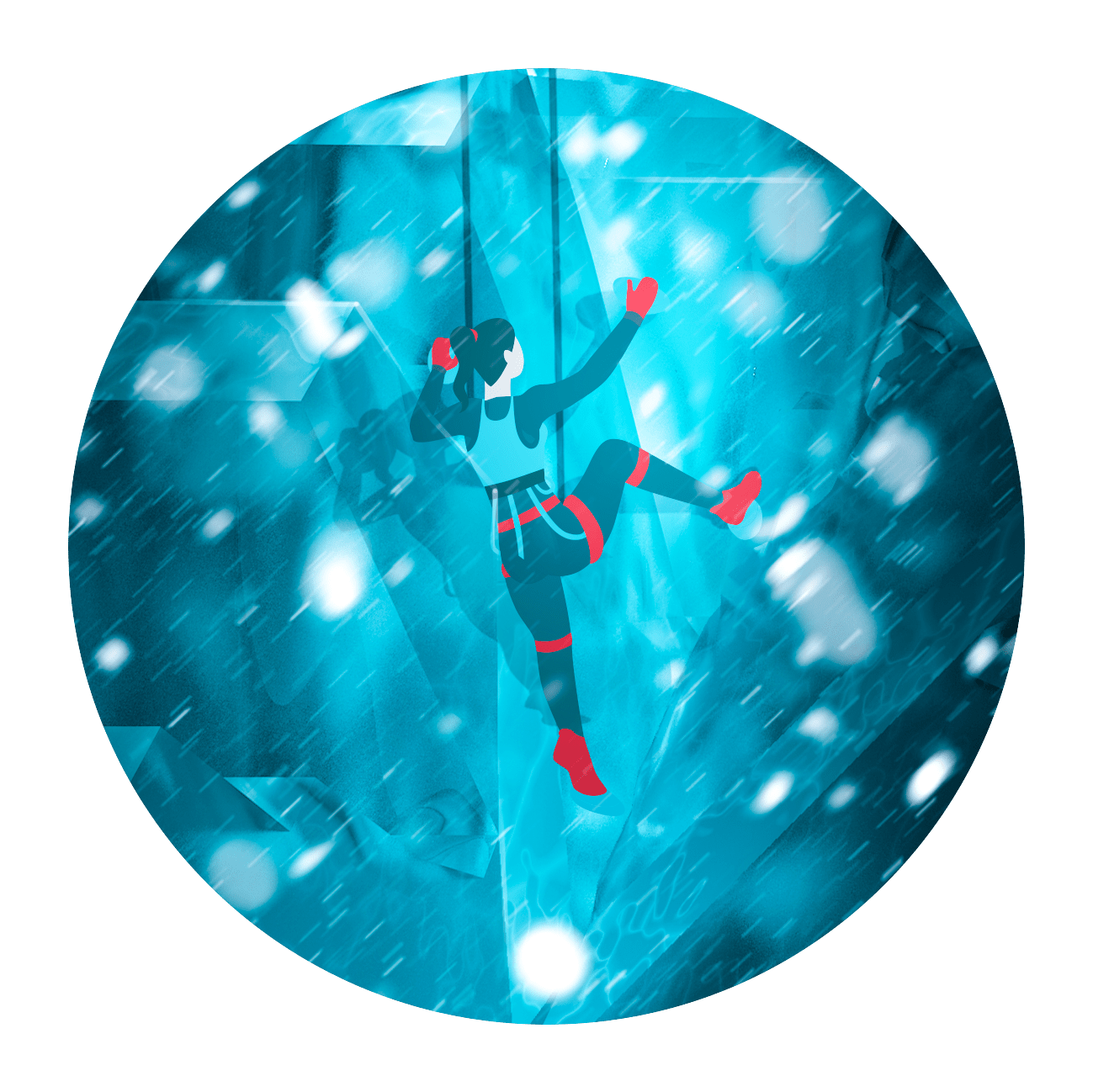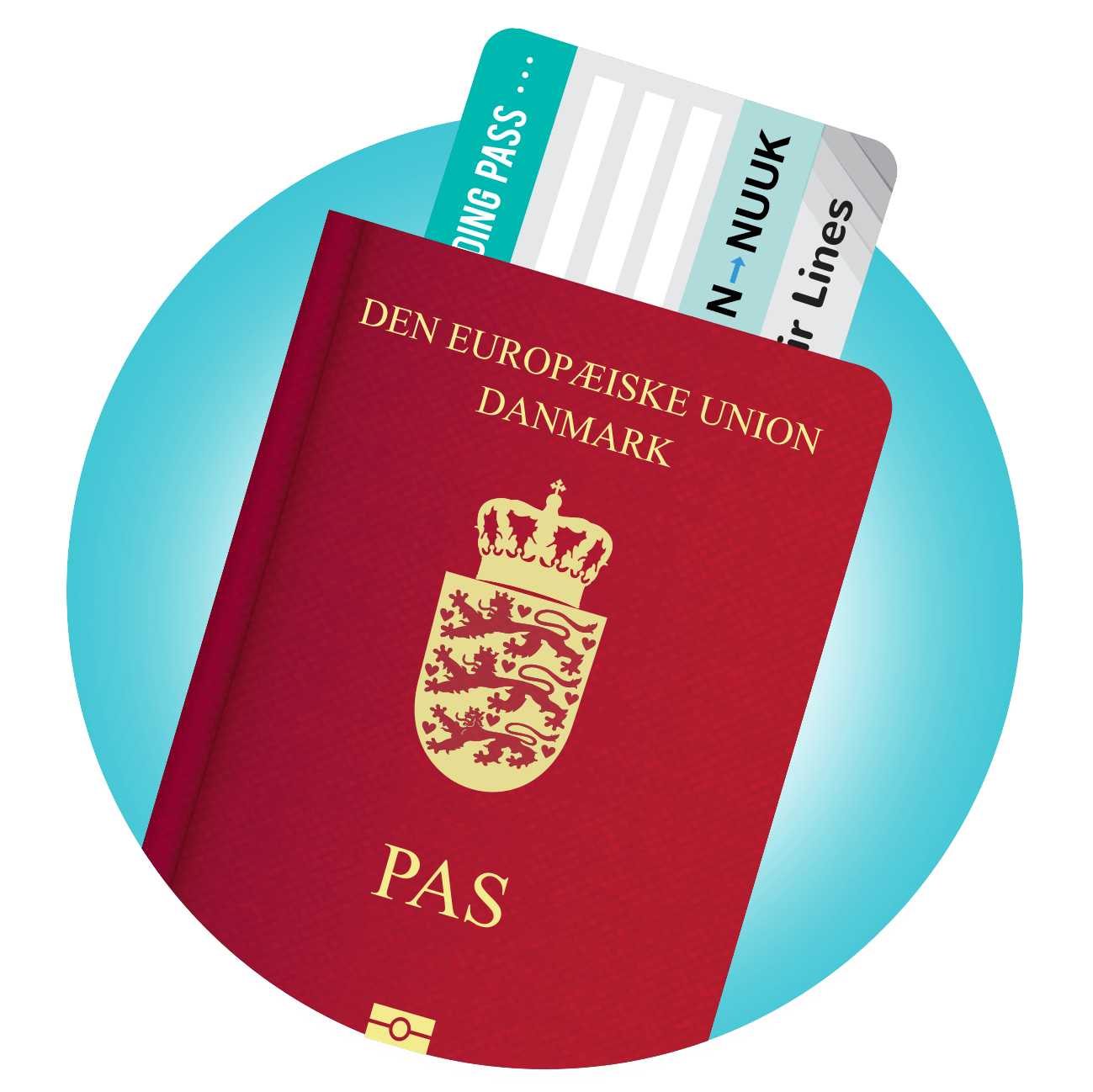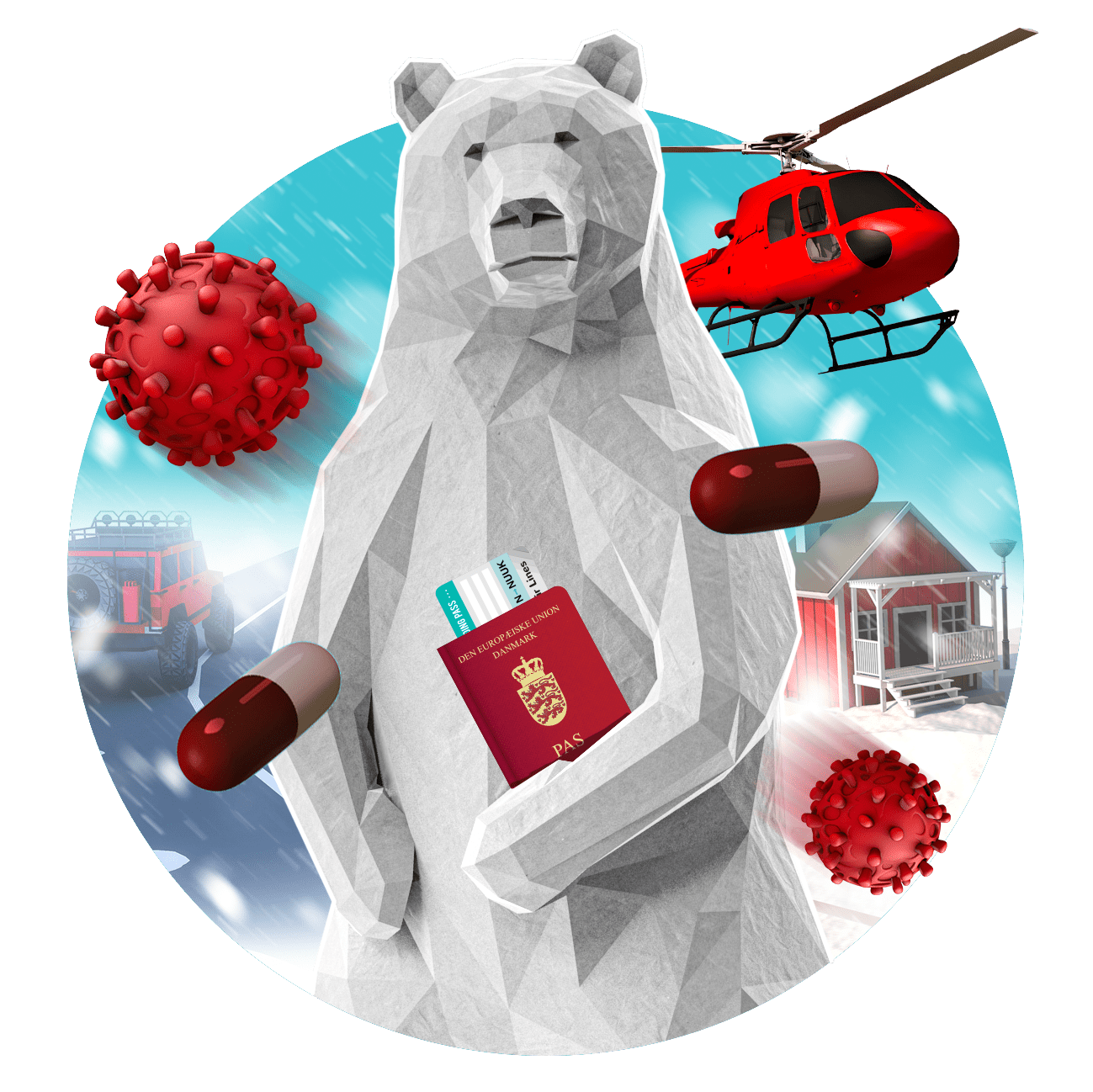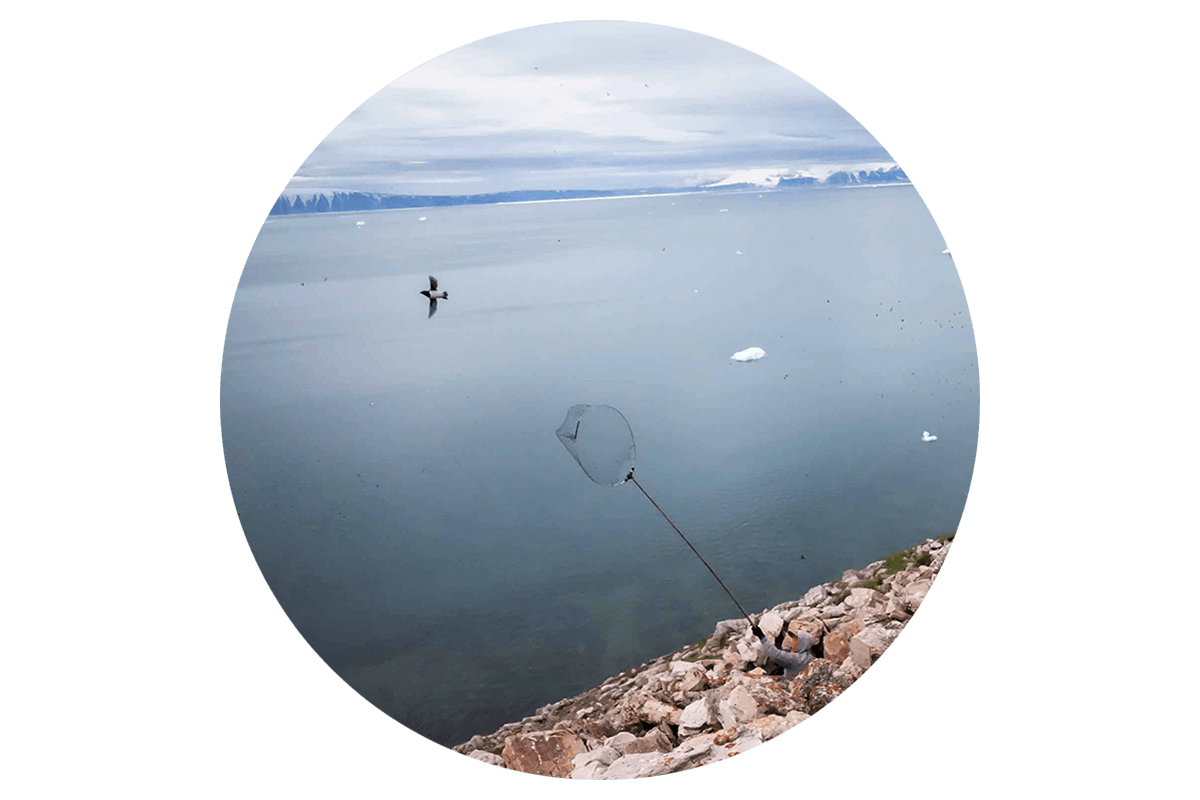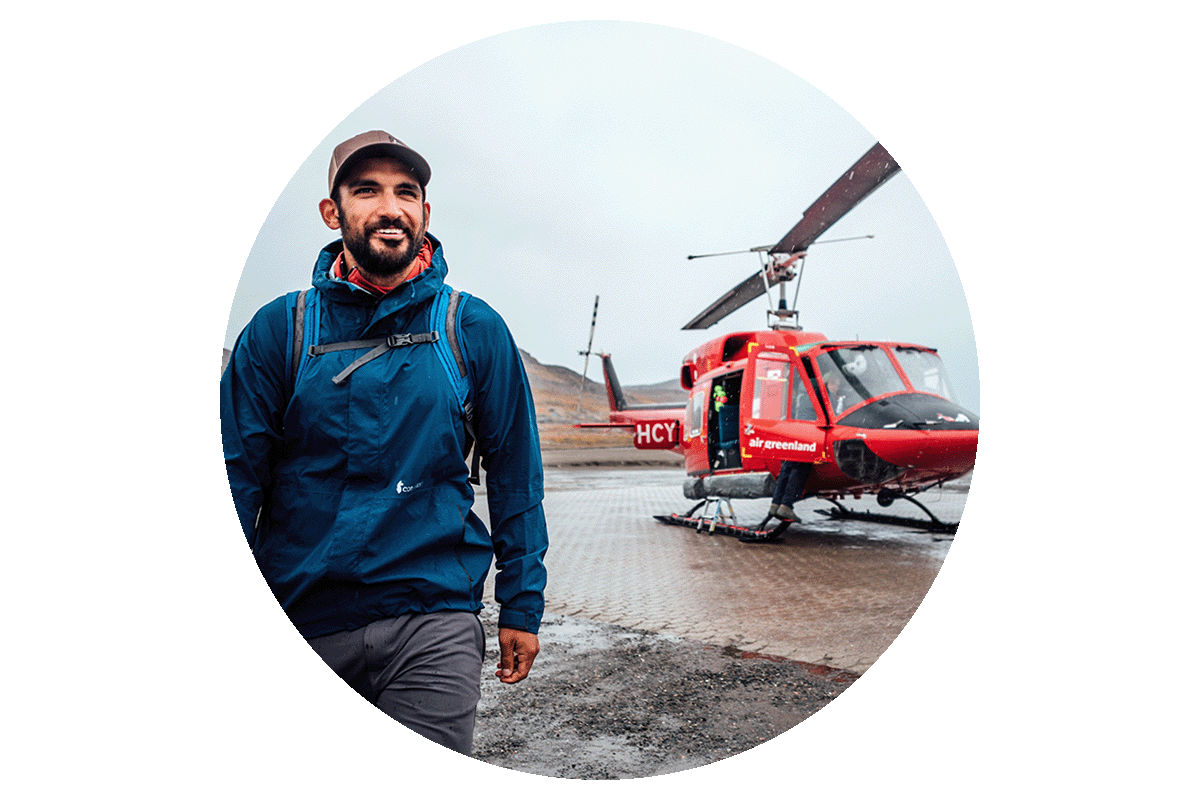![]()
Index
Harsh terrain,
climate and weather
Of the approx. 456,000 km2 of ice-free landscape in Greenland – the total area of which is 2,166,000 km2 – less than 100 km2 is populated. Most of the terrain consists of completely deserted rocky or mountainous terrain, without trees, that often ends in steep slopes down to the open sea or deep fjords. The climate is arctic and harsh, with very changeable weather. These conditions create a number of potentially dangerous situations for those who move around both in cities and in nature.
On this page, we will go through a number of risky moments that you, as a guest in Greenland, should be particularly aware of, in order that you can have a safe and secure trip.

